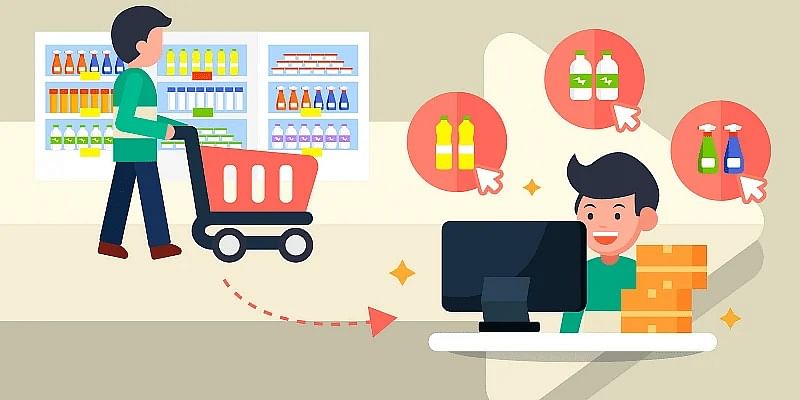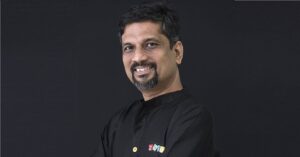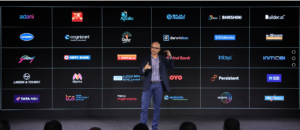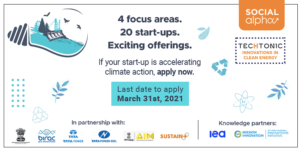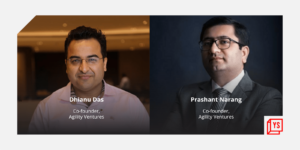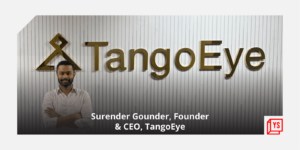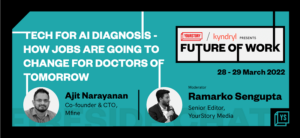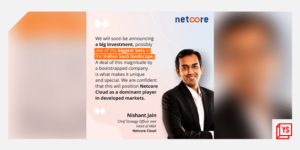When YourStory spoke with Ajai Thandi, Co-founder of direct-to-consumer (D2C) coffee brand Sleepy Owl, last month, he sounded hasty and said, “This summer season is very important for us. We lost the entire season last year.”
Thandi and his team were in the middle of full-swing preparations to sell cold-brew coffees for the hot summer season, which is when their beverages sell the most.
Amid last year’s nationwide lockdown, Sleepy Owl not only lost the entire summer season but also a part of its inventory. Its cold coffee bottles expired on shelves of retail stores, movie theaters, and office cafeterias as people stayed at home.
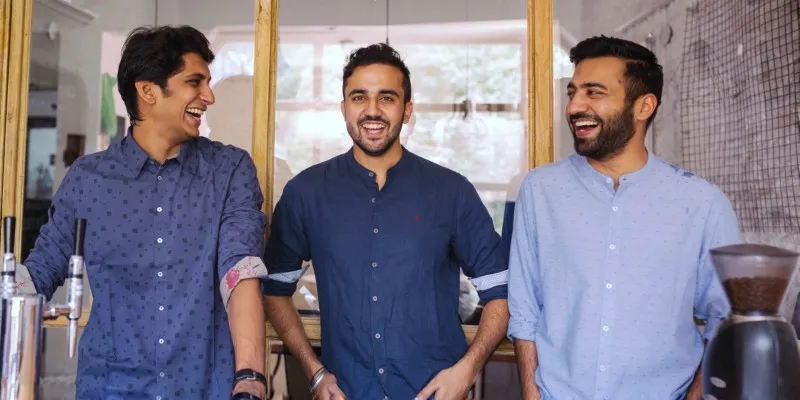
Founders of Sleepy Owl
Similarly, Hyderabad-based Tanushree Das was in the middle of shipping orders for her then year-old personal care brand Body Café when state borders closed. As skincare does not fall in the essential goods category, many trucks were halted and customers also cancelled orders.
The brand lost inventories worth “lakhs” as many undelivered products never made it back to its storage facilities.
Increasing online sales
Then, Sleepy Owl launched new products and started focusing on increasing sales online. Tanushree, who was in the midst of scaling her brand through offline channels, instead tapped into her WhatsApp community to push products and get orders.
After all, consumers who shop for niche brands were now locked in their homes and modern retail outlets were closed.
But selling online is an expensive affair. D2C brands, by definition, sell products only online through different channels.
However, as online-shopping was not a common thing in India before the pandemic, many niche brands tapped into their offline channels. They were present in modern retail stores, as well as digital stores and marketplaces.
“We do get enquiries and orders through our website and social media but making money through it is very expensive at this point,” says Tanushree.
Last-mile delivery comes at an exorbitant cost for D2C brands. In the initial days, order volumes are low, which leads to higher fees paid to delivery partners, which eats into brands’ margins. Businesses also have to pay if orders get returned.
The returned inventory could come back in conditions where it cannot be resold, ultimately leading to more cash burn. Listing on marketplaces, including Amazon, and Flipkart, also costs 20-40 percent in commissions depending on the product category.
That’s why many D2C brands, many of which were launched before the internet boom of 2016 — including millet-based cereal brand Soulfull (now acquired by Tata Consumer Product Ltd.) and dip and sauces brand Wingreens — made modern retail stores a priority.
Firstly, most of their target customers were shopping in malls and departmental stores. Also, internet penetration was very low in India at the time. Even though a few brands had ecommerce websites, a major chunk of their operating revenues still came from physical stores.
But by 2020, having a digital presence became more of a necessity than a choice. In the last three years alone, India has added 80 million shoppers to reach 130 million online shoppers, according to an Avendus Capital report released in October 2020.
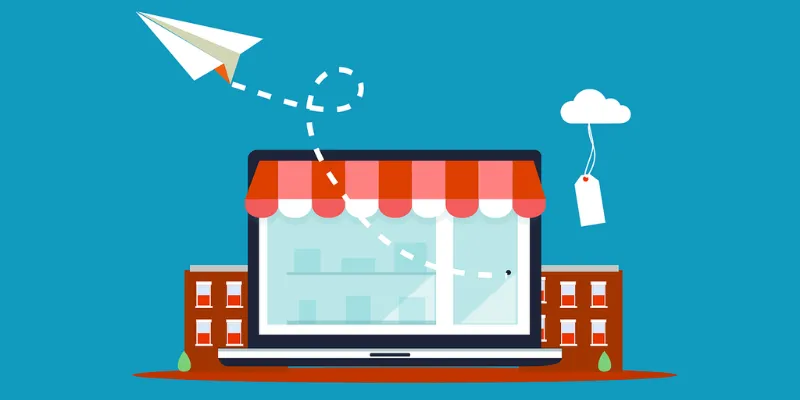
Increasing the margin
Attracting customers to a brand’s website needs digital marketing that has an extremely varied cost structure. For a recently launched brand, this would be at least Rs 2,000 per day, according to Tanushree.
“Any store with an order value of less than Rs 150-200 would not prefer to spend on digital. For a business to invest in digital, either by being present on social media or online marketplaces, need good margins,” says Harsh Shah, Co-founder of Fynd, a platform that builds websites for brands — including the likes of fashion designer Anita Dongre’s Global Desi, and denim clothing brand Spykar — and also lists their products on online marketplaces, among other services.
The D2C space is now being looked at as the newest investment opportunity. Vinay Singh, Partner at Fireside Ventures, says he listens to 150-200 D2C pitches every month. This is up from just 30-40 pitches when the sector was in its nascent stage three years ago.
The Bengaluru-based venture capital firm has backed many D2C startups, including electronics brand boAt, nutrition snack brand Yogabars, and baby care product brand Mamaearth.
“In the current situation, any recently launched D2C brand should focus on building their community because that’s how they will be able to increase their volumes and decrease advertising and customer acquisition cost,” says Vinay. “Once the potential consumer is hooked, a brand can slowly plug in their products.”
These could be either through suggestion or providing links, which could draw traffic to the website.
The target has also changed. Instead of fighting for market share with fast-moving consumer goods giants, including Hindustan Unilever Ltd., and Dabur India Ltd., on retail shelves, D2C brands have a chance of building their own niche.
“The goal is to get repeat purchases instead of competing for new customer acquisition. Market share can be built through repeats. If a brand can get repeat purchases four to five times a year and has a sizable customer base, good revenue can be generated,” added Vinay.
According to Avendus Capital’s report quoted earlier, consumers buy beauty and personal care products every month, while food and beverages are bought every week. Fashion products are purchased once in 3-4 months and since electronics have a longer shelf life they are purchased once in 1-2 years.
D2C brands also operate in niche spaces — including health and fitness food, products for mothers, affordable-to-premium vegan skincare, and beard grooming — where large FMCG corporations do not usually operate.
To stay ahead of their competition, these online brands also launch a new product every quarter if not every month. FMCG brands cannot do the same due to large investments, which needs to generate returns, and approvals also take time due to bigger teams. D2C startups have smaller teams, which makes decision making faster.
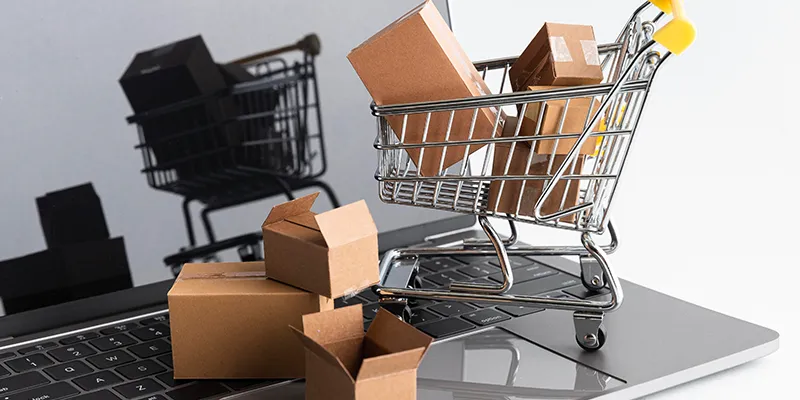
Rising competition
But the wind is slowly changing within FMCG brands as well. Last year, Tata Consumer Pvt Ltd. launched Sonnet, a premium coffee brand to target the “coffee connoisseur”.
The company also acquired Soulfull in February to enter the cereal and snacking category, and plans to launch at least two to three premium brands in the coming months. It has also started deliveries in two cities through its website NutriKorner, which was launched as a “knowledge platform” in October 2019.
“Initially, the website served the purpose of being informational. Now, we will put out our premium products there and will be targeting mass online sale volumes by selling through Amazon and Flipkart, among other marketplaces,” says Sunil D’souza, MD and CEO at TCPL.
Since launching last April, online sales contributed 2.5 percent to the total revenue and currently, it contributes six percent. “The target is to reach in double digits within 12-18 months,” he added.
One of the biggest challenges, apart from the expensive last-mile delivery, of a brand selling through their own website is attracting customers.
“If FMCG brands want to stay in the online space, they would have to change their approach when it comes to marketing their products on digital fronts,” says Santosh Desai, CEO at Future Brands Consulting, a management consultant agency.
Brands born on Instagram or Facebook design their social media campaigns to have a direct connection with their target consumer.
“In D2C marketing, the digital media strategy is usually not outsourced to a third-party advertisers who then suggests plans and then the ad campaigns run on television and outdoor media. When you are reaching out to people online, there is no intrusion, unlike when an ad plays on a television channel. People look at your ads according to their preference,” he adds.
To be sure, Santosh does clarify that online sales, though very essential to their strategy ahead, is only going to be one of the channels for sales. The consumer giant is still going to focus on its offline sales channels.
At this point, both direct-to-consumer and FMCG brands have a great “emerging” opportunity. But there is a long way ahead with increasing competition from more brands coming online, and as urban consumers watch their spending habits when it comes to shopping.

